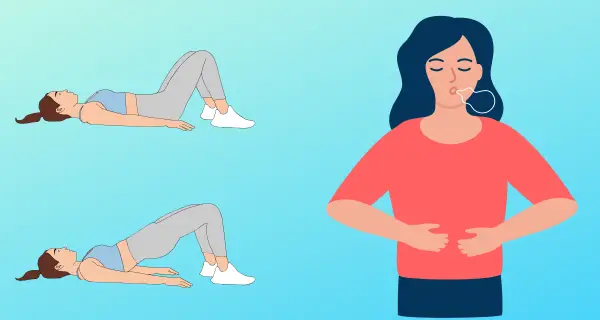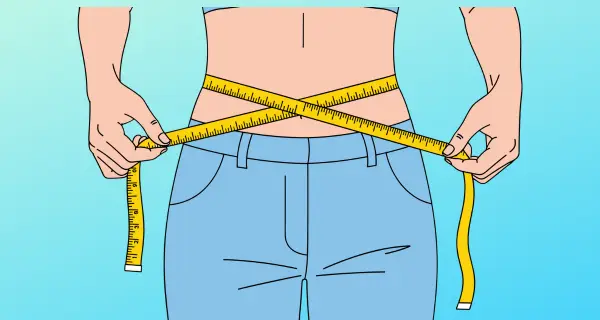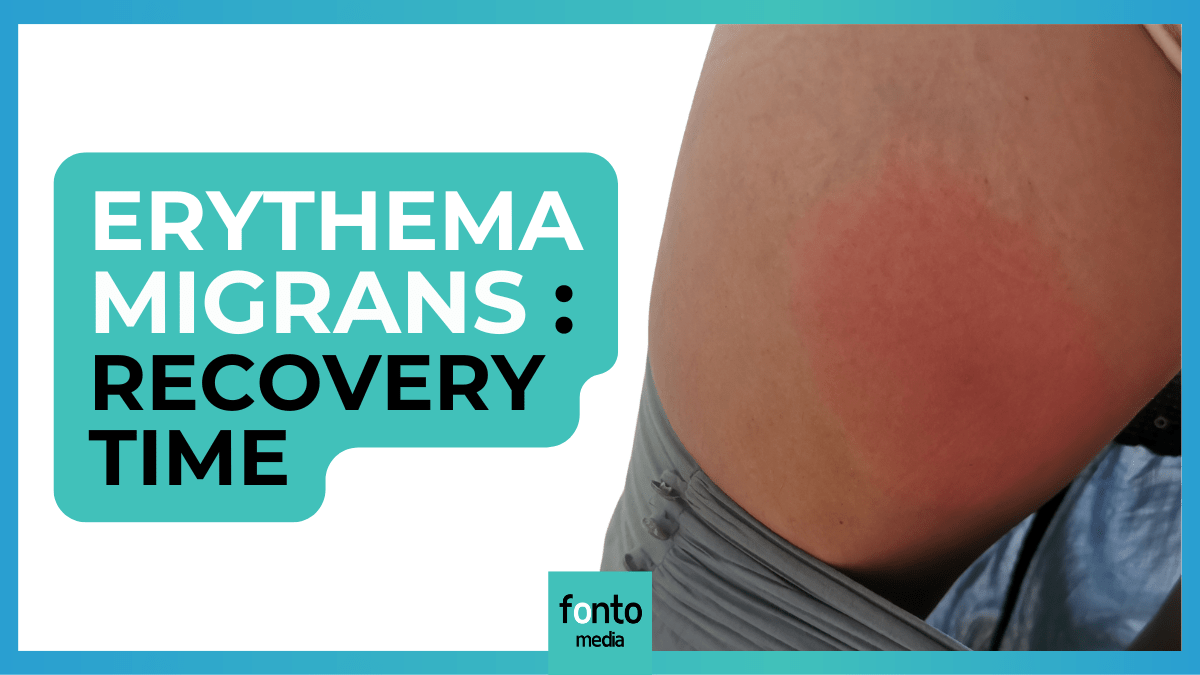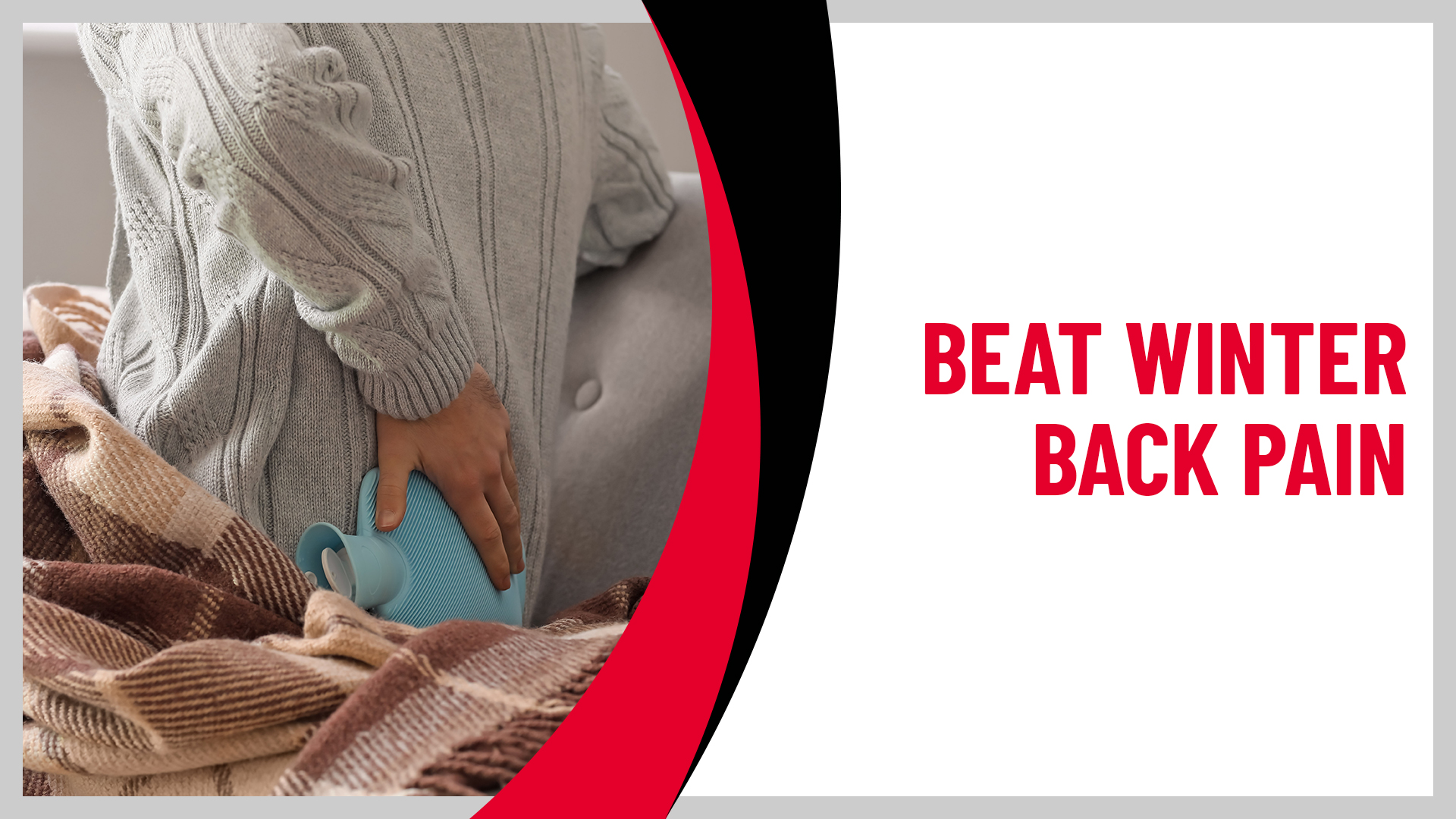There are many contributing causes including pregnancy/childbirth, menopause (with associated hormonal changes such as vaginal dryness and tissue thinning), chronic coughing or constipation, obesity, heavy lifting, high intra-abdominal pressure (IAP), poor posture and a weak or uncoordinated pelvic floor/abdominal/diaphragm system.
Recent evidence emphasises that excessive or poorly controlled intra-abdominal pressure (IAP) is a strong predisposing factor for PFD: one randomized controlled trial observed the link between IAP, breathing mechanics and pelvic floor health. (MDPI)
In the menopausal transition, decline in oestrogen and collagen support leads to tissue thinning, vaginal dryness, decreased pelvic floor muscle (PFM) responsiveness and increased risk of incontinence or prolapse. That makes it especially important for women in this life-phase to adopt preventive and rehabilitative strategies.









